.png)
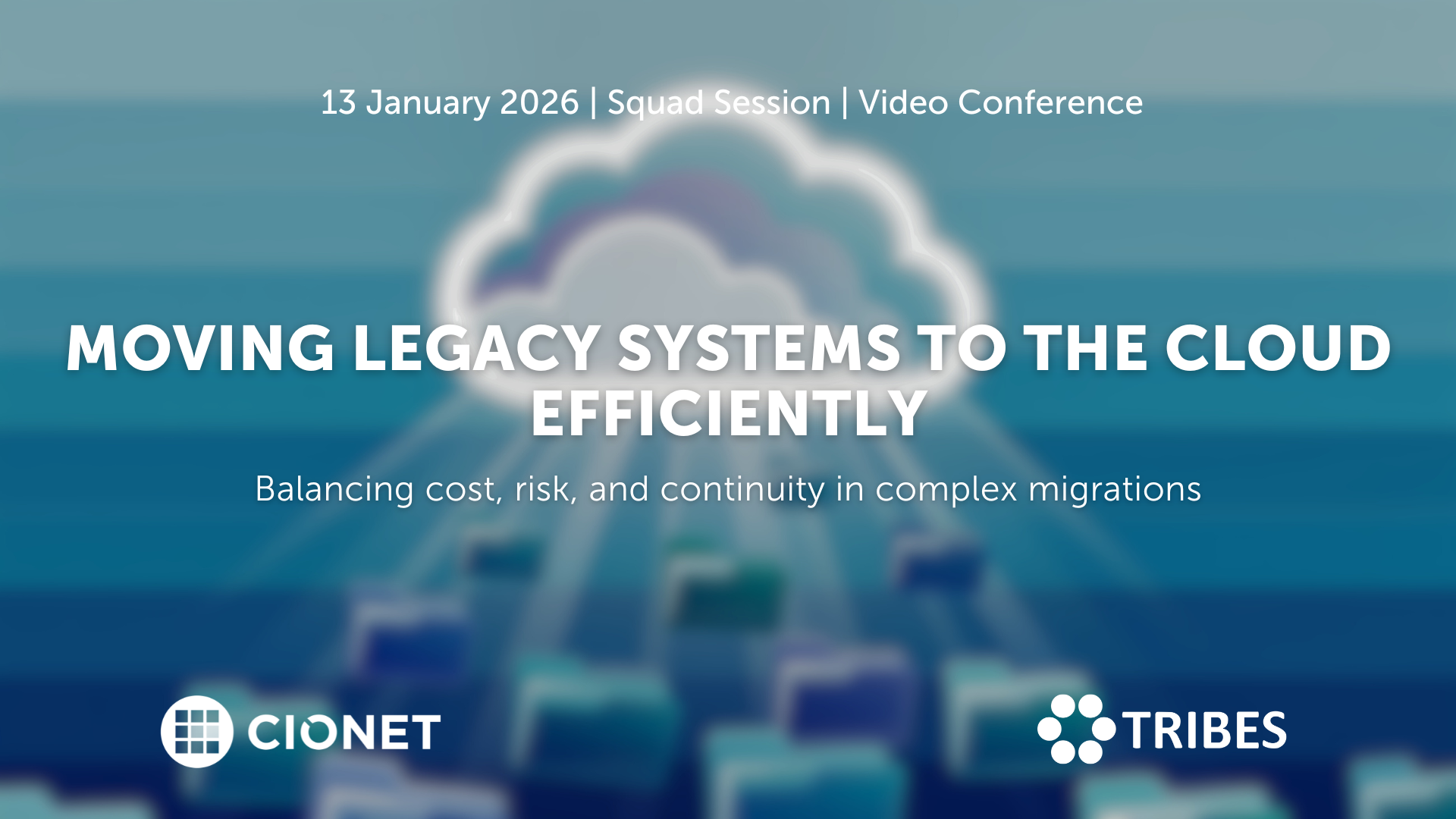
Belgium 13-1-26 Squad Only Virtual english
Migrating legacy systems to the cloud remains one of the toughest balancing acts in IT. Every choice affects stability, cost, and trust at once, and what starts as a modernisation effort quickly turns into a negotiation between ambition and reality. Suddenly budgets rise, dependencies appear late, and timelines tighten as old architectures collide with new expectations. In the end, success depends on sequencing, ownership, and aligning business priorities with infrastructure limits, and not only on technical readiness. Making it work requires more than a plan on paper. Knowing which systems genuinely belong in the cloud, which can wait, and which should stay put shapes the entire roadmap and defines its success. Each refactoring decision sets the level of future flexibility, but it also drives cost and risk. The trade-offs between speed, sustainability, and resilience only become clear once migration begins and pressure builds. Let’s discuss how to plan migrations that stay on track, manage hidden dependencies, and handle downtime with confidence. Let’s also discuss how governance, testing, and vendor coordination keep progress visible and credible. Are you in? A closed conversation for those who turn cloud migration from a disruption into a long-term advantage.
Read More.png)
Belgium 20-1-26 All Members Physical english
CIOs today are being judged less as technology leaders and more as portfolio managers. Every euro is under scrutiny. Boards and CFOs demand lower run costs, higher efficiency, and clear ROI from every digital initiative. Yet, they also expect CIOs to place bets on disruptive technologies that will keep the enterprise competitive in five years. This constant tension is redefining the role. In this session, we go beyond FinOps and cost reporting to tackle the strategic financial dilemmas CIOs face.
Read More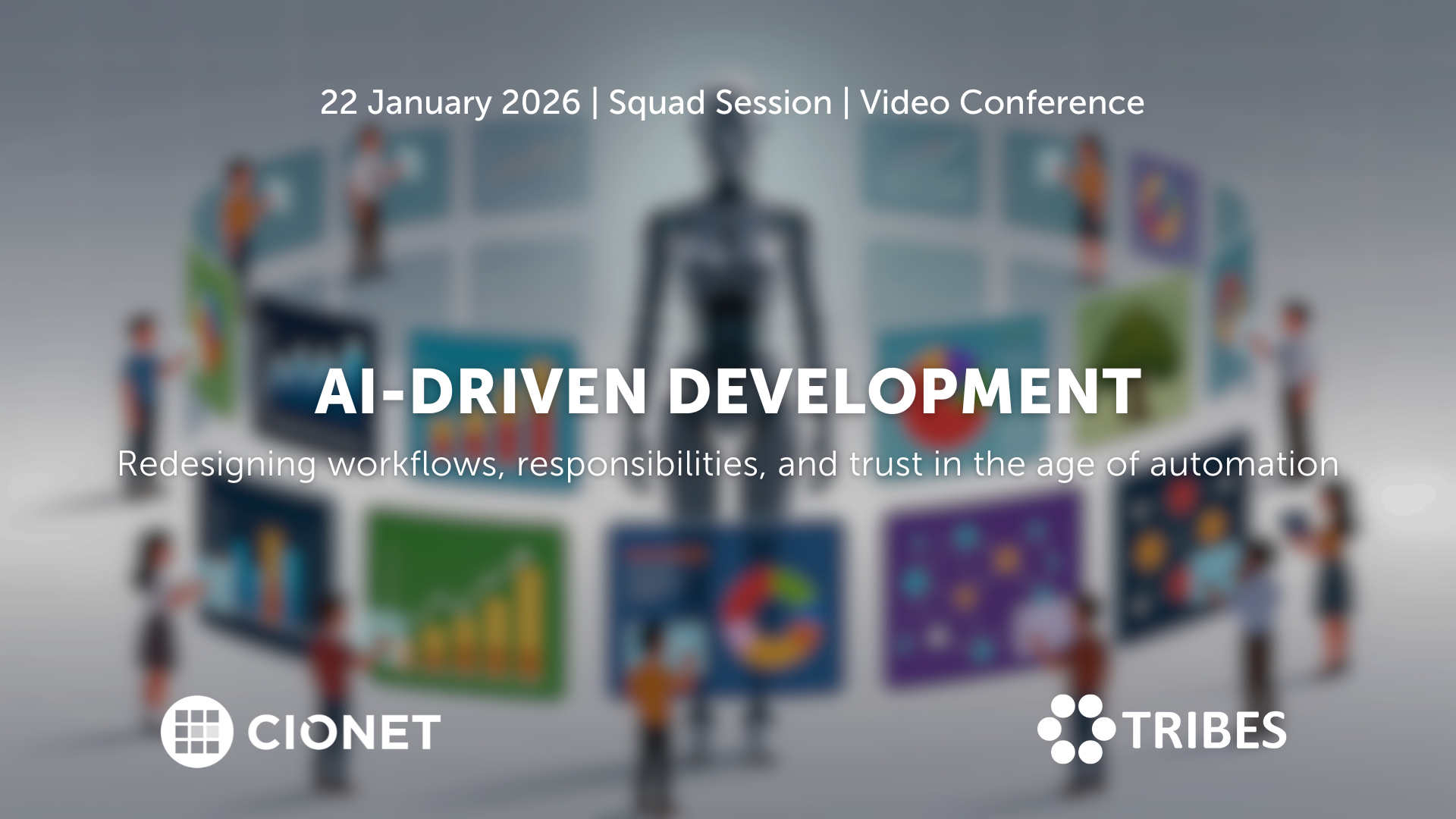
Belgium 22-1-26 Invitation Only Virtual english
AI coding assistants entered development teams quietly, but their impact grows by the day. What started as autocomplete now shapes architecture decisions, documentation, and testing. And when productivity gains are visible, so are new risks: security blind spots, uneven quality, and the slow erosion of shared standards. Teams move faster, but not always in the same direction. The challenge has become integration rather than adoption. And new questions have risen: how do you blend automation into established practices without losing oversight? When is human review still essential, and what should the rules of collaboration between developer and machine look like? As AI tools learn from proprietary code, where do responsibility and accountability sit? Let’s talk about how to redefine those workflows, balancing creativity with control, and protecting code quality in a hybrid human-AI environment. A closed conversation on where AI accelerates progress, where it introduces new debt, and how development culture must evolve to stay credible.
Read More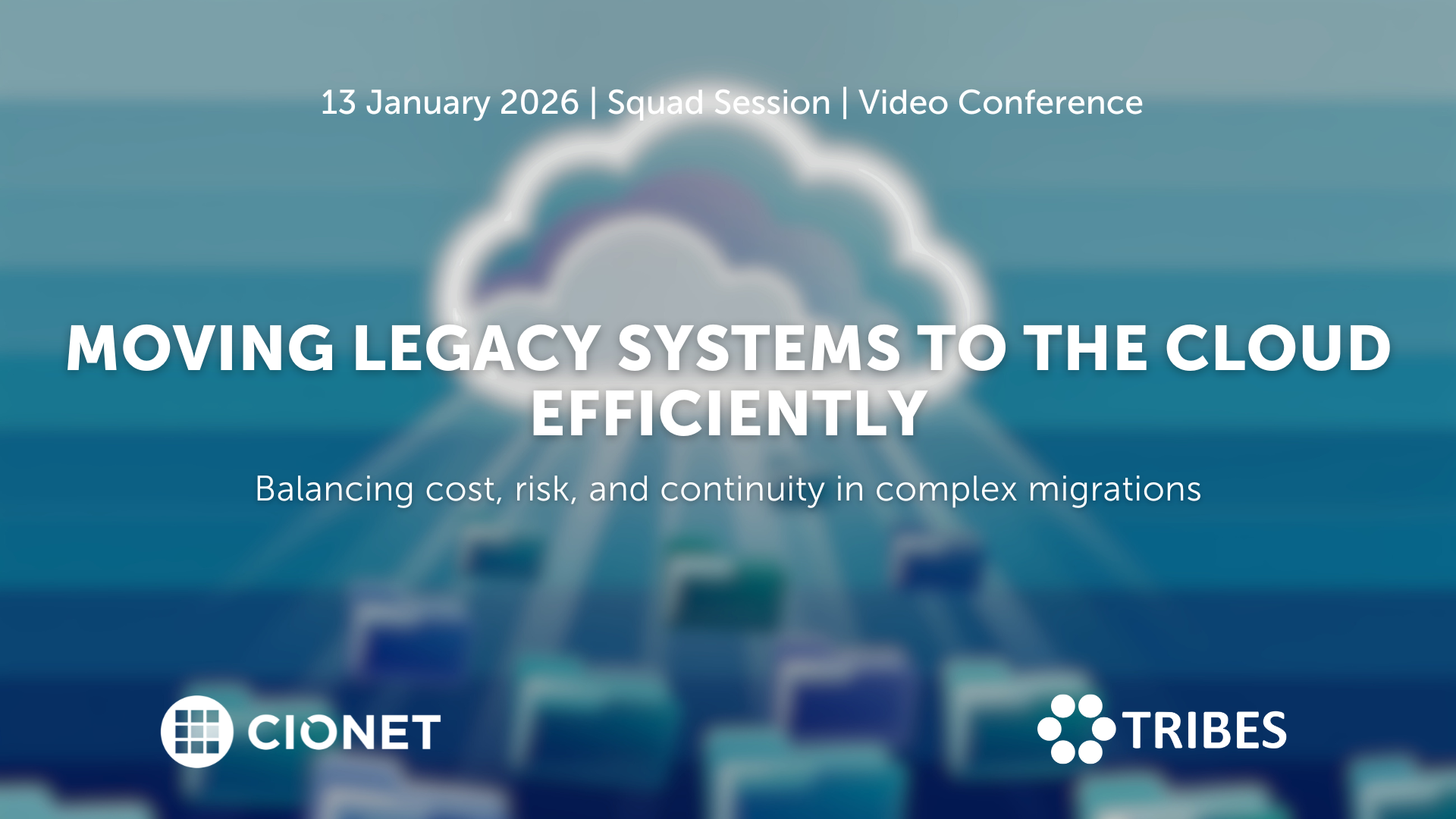
January 13, 2026 Squad Session Invitation Only Virtual english
Migrating legacy systems to the cloud remains one of the toughest balancing acts in IT. Every choice affects stability, cost, and trust at once, and what starts as a modernisation effort quickly turns into a negotiation between ambition and reality. Suddenly budgets rise, dependencies appear late, and timelines tighten as old architectures collide with new expectations. In the end, success depends on sequencing, ownership, and aligning business priorities with infrastructure limits, and not only on technical readiness. Making it work requires more than a plan on paper. Knowing which systems genuinely belong in the cloud, which can wait, and which should stay put shapes the entire roadmap and defines its success. Each refactoring decision sets the level of future flexibility, but it also drives cost and risk. The trade-offs between speed, sustainability, and resilience only become clear once migration begins and pressure builds. Let’s discuss how to plan migrations that stay on track, manage hidden dependencies, and handle downtime with confidence. Let’s also discuss how governance, testing, and vendor coordination keep progress visible and credible. Are you in? A closed conversation for those who turn cloud migration from a disruption into a long-term advantage.
Read More
January 22, 2026 Squad Session Invitation Only Virtual english
AI coding assistants entered development teams quietly, but their impact grows by the day. What started as autocomplete now shapes architecture decisions, documentation, and testing. And when productivity gains are visible, so are new risks: security blind spots, uneven quality, and the slow erosion of shared standards. Teams move faster, but not always in the same direction. The challenge has become integration rather than adoption. And new questions have risen: how do you blend automation into established practices without losing oversight? When is human review still essential, and what should the rules of collaboration between developer and machine look like? As AI tools learn from proprietary code, where do responsibility and accountability sit? Let’s talk about how to redefine those workflows, balancing creativity with control, and protecting code quality in a hybrid human-AI environment. A closed conversation on where AI accelerates progress, where it introduces new debt, and how development culture must evolve to stay credible.
Read More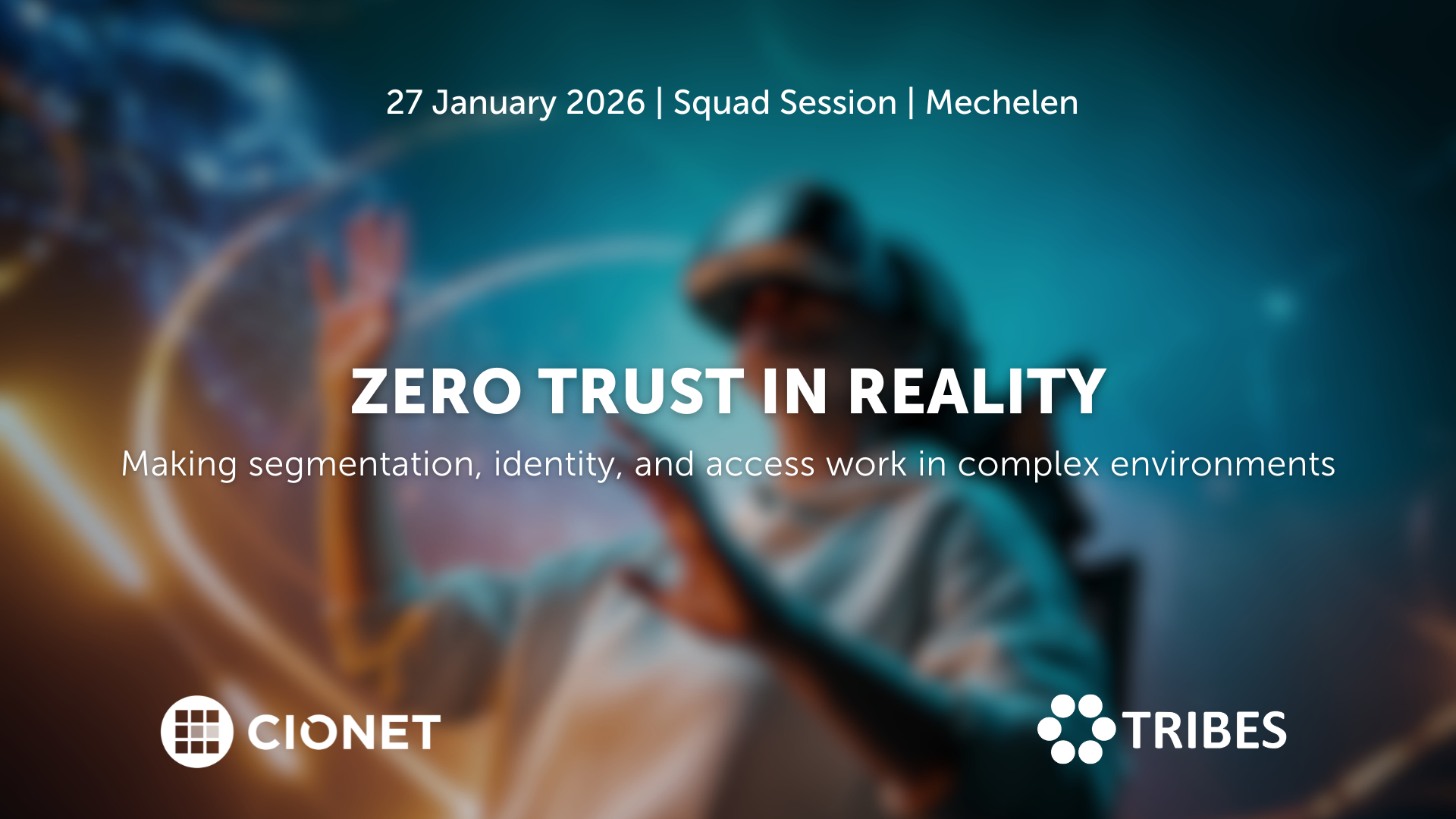
January 27, 2026 Squad Session Invitation Only Physical english
Zero Trust sounds simple on paper: trust no one, verify everything. But once you start implementing it, the fun begins. Legacy systems, hybrid networks, and human habits don’t read the manual. The idea is solid; the execution, not so much.
Read More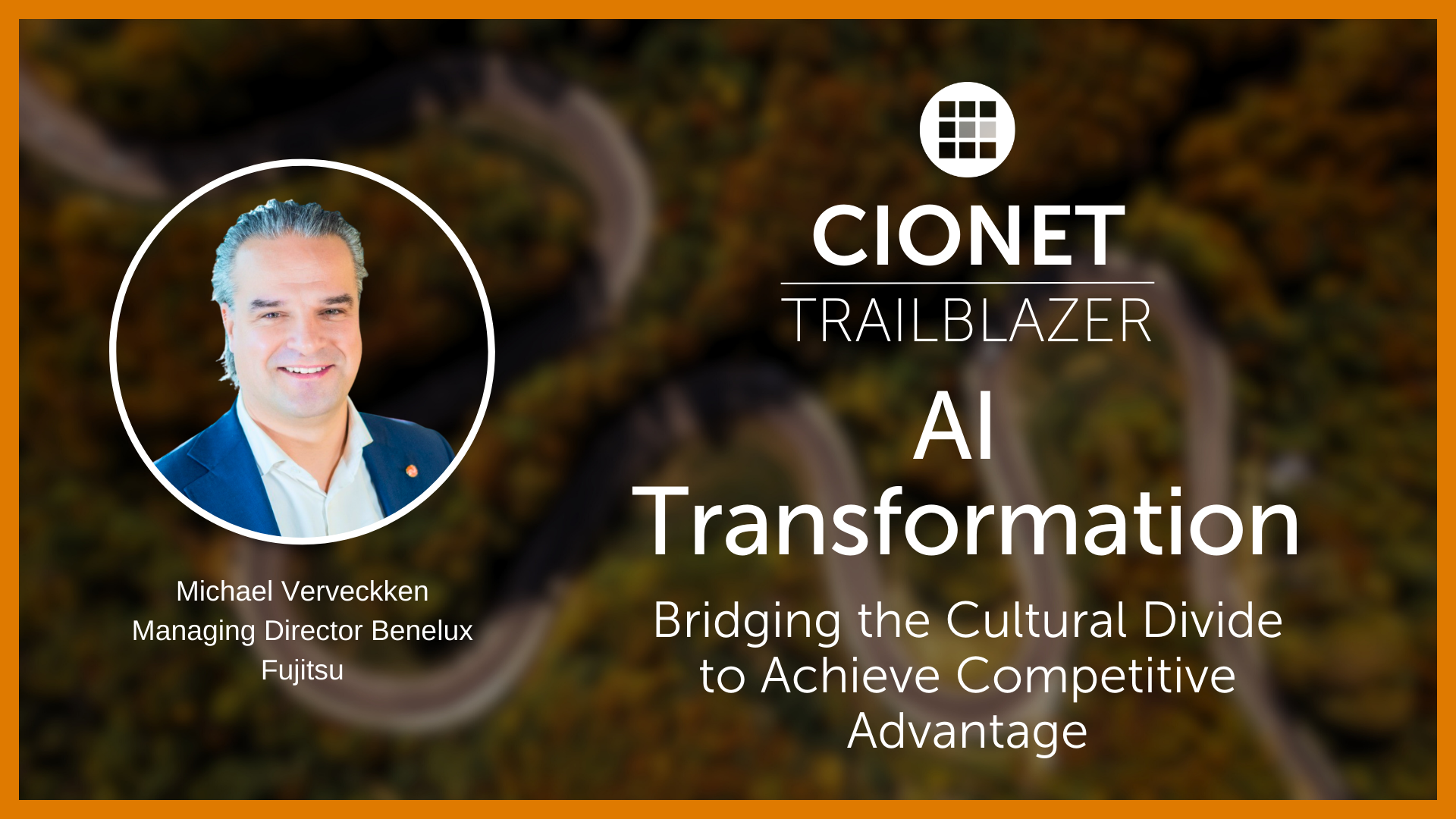
CIONET Trailblazer: AI Transformation: Bridging the Cultural Divide to Achieve Competitive Advantage
Published on: December 17, 2025 @ 9:16 AM
PenFed to bank on gen AI for hyper-personalization
After successfully leveraging chatbots to support employees and members, the credit union is now looking to generative AI to blend digital channels with data and thereby turn itself into a ‘cognitive credit union.’
Pentagon Credit Union (PenFed), the second-largest credit union in the US, is looking to generative AI to transform how it interacts with its customers. Its vision? To create a new, cost-effective channel that helps meet members needs — and learns as it does so, to the benefit of members and the credit union itself.
“What’s happened in our business over the years is every channel is expensive and it doesn’t ever replace another channel. It’s just additive,” says Joseph Thomas, PenFed EVP and CIO, who notes that today 80% of PenFed’s interactions are digital, 15% are via call center, and 5% still rely on physical branches. “But we realized that with AI, we could add another channel of engagement but very cost effectively. We could add chat with a bot-enabled interaction to solve the early, simpler questions.”
Even with more than 2.9 million members, as a credit union PenFed doesn’t have the resources of a traditional bank. It doesn’t have an innovation lab or center of excellence to help it develop new technologies. But it does have more than eight years of experience leveraging supervised ML to support credit risk modeling and decision making. And in that time, it also adopted Salesforce.
“Salesforce is not just a CRM for us,” Thomas explains. “Salesforce is a digital platform, and it already had capabilities with Einstein as part of the platform, so we could cheaply and efficiently get into AI-enabled chatbots.”
The credit union started its new service strategy by deploying an Einstein-powered chatbot internally to support its IT service desk. The bot, which leveraged PenFed’s body of knowledge articles to assist end-users with tasks such as password resets, proved its effectiveness immediately and now handles about 25% of common internal service requests, freeing up service desk staff to focus on more complex tasks.
Once Thomas’s team developed experience with the platform, it began rolling out bots externally to the credit union’s members. Today, bots handle nearly 40,000 sessions per month, providing loan application status, product and servicing information, and technical support.
“We wanted to use AI internally before we unleashed it on the members,” Thomas says, adding that, with Einstein packaged with Salesforce, PenFed was able to conduct those internal experiments and later offer the new channel to its members at no extra cost.
PenFed now resolves 20% of cases on first contact with Einstein bots, with a 223% increase in chat and chatbot activity over the past year, Thomas says. The chat channel has also taken pressure off PenFed’s call center, which has reduced its average speed to answer by a minute, to less than 60 seconds, even as PenFed’s membership has increased by 31%.
But it is phase three of PenFed’s AI journey that Thomas is particularly excited about: Using generative AI for an assistant that can interact more naturally than a traditional chatbot while gathering data for insights that can lead to more personalized interactions.
“I don’t normally get hyped up on technology; I’m much more practical,” Thomas says, adding that his primary focus is always delivering value. “But what I’m seeing with generative AI is the missing ingredient to the world of digital, to the world of data.”
For years, CIOs have invested in data initiatives — data science, business intelligence, analytics — and they’ve also investing in digital channels, Thomas explains. But generative AI offers the potential to “snap data and digital together” to help institutions like PenFed go “from the digital credit union to the cognitive credit union,” he says.
Thomas offers up an example to illustrate his point. Today PenFed members can use the credit union’s digital channel to, say, change a CD from automatic to manual renewal. With gen AI in the mix, even as the bot helps a member perform this task, it can seek to understand the meaning behind it. In this case, the member may be shifting to manual renewal in order to facilitate moving their investments to a new account with another financial institution once the current CD matures.
“They’re going to take their money to [the other institution] because [the other institution] has got a better rate,” Thomas says. “Let’s say ours is 4.5% and theirs is 4.75%. In today’s world, we’re missing the digital forensics that members leave behind with the digital transaction.”
With generative AI, that insight could trigger the system to deliver the member a personalized offer of, say, 4.7% via the member’s channel of preference. The member gets a personalized experience, and the business could target members likely to churn rather than creating a marketing campaign that offers a 4.75% rate to 500,000 members.
“Now you get this hyper-personalized business transaction that benefits both parties,” Thomas says. “That’s just a small example. I think the combinations are endless.”
As with its previous phase, PenFed is starting to use gen AI as a “copilot” for the credit union’s internal employee support line before the team extends the technology to its members. The next step will likely be a copilot for call center representatives dealing with member calls.
The credit union is using Einstein GPT on the Salesforce Financial Services Cloud because that’s where its knowledge articles sit. It is in the process of standing up Salesforce Data Cloud, which will act as the connection to other data sources.
“Data Cloud is going to be the zero ETL capability,” Thomas says. “It will get real-time data from Salesforce clouds and from our Snowflake environment.”
As Thomas sees it, that combination of real-time data and AI insights will further transform PenFed’s customer experience to an intelligent, mutually beneficial one for both the credit union and its members.
327 Views 0 Likes Read More
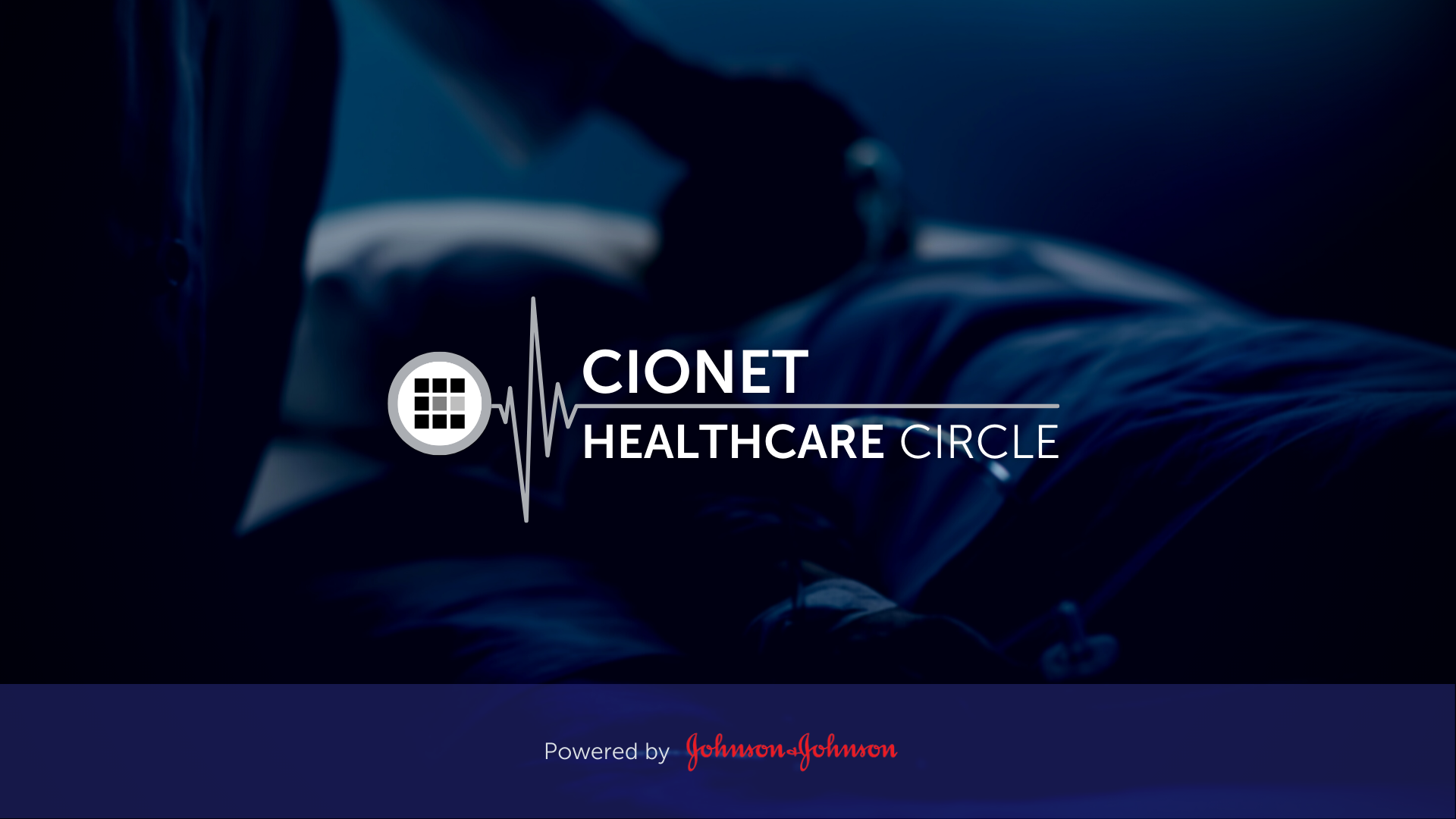
Digital Transformation is redefining the future of health care and health delivery. All stakeholders are convinced that these innovations will create value for patients, healthcare practitioners, hospitals, and governments along the patient pathway. The benefits are starting from prevention and awareness to diagnosis, treatment, short- and long-term follow-up, and ultimately survival. But how do you make sure that your working towards an architecturally sound, secure and interoperable health IT ecosystem for your hospital and avoid implementing a hodgepodge of spot solutions? How does your IT department work together with the other stakeholders, such as the doctors and other healthcare practitioners, Life Sciences companies, Tech companies, regulators and your internal governance and administrative bodies?
Read More
The Telenet Business Leadership Circle powered by CIONET, offers a platform where IT executives and thought leaders can meet to inspire each other and share best practices. We want to be a facilitator who helps you optimise the performance of your IT function and your business by embracing the endless opportunities that digital change brings.
Read More
Découvrez la dynamique du leadership numérique aux Rencontres de CIONET, le programme francophone exclusif de CIONET pour les leaders numériques en Belgique, rendu possible grâce au soutien et à l'engagement de nos partenaires de programme : Deloitte, Denodo et Red Hat. Rejoignez trois événements inspirants par an à Liège, Namur et en Brabant Wallon, où des CIOs et des experts numériques francophones de premier plan partagent leurs perspectives et expériences sur des thèmes d'affaires et de IT actuels. Laissez-vous inspirer et apprenez des meilleurs du secteur lors de sessions captivantes conçues spécialement pour soutenir et enrichir votre rôle en tant que CIO pair. Ne manquez pas cette opportunité de faire partie d'un réseau exceptionnel d'innovateurs numériques !
Read More
CIONET is committed to highlighting and celebrating female role models in IT, Tech & Digital, creating a leadership programme that empowers and elevates women within the tech industry. This initiative is dedicated to showcasing the achievements and successes of leading women, fostering an environment where female role models are recognised, and their contributions can ignite progress and inspire the next generation of women in IT. Our mission is to shine the spotlight a little brighter on female role models in IT, Tech & Digital, and to empower each other through this inner network community.
Read More


-Apr-01-2022-10-58-34-57-AM.png)











-Dec-13-2023-10-53-15-5032-AM.png)




-Jun-12-2023-01-23-11-7540-PM.png)





-Apr-01-2022-10-58-34-68-AM.png)










-2.jpg)




-Sep-01-2022-02-47-55-60-PM.png)
-Nov-22-2023-08-56-42-6802-AM.png)
.png)

Would you like to know more about CIONET Belgium, membership or partnership opportunities? Do you have feedback or any other question? Send us a message!
You can either send us a registered handwritten letter explaining why you'd like to become a member or you can simply talk to us right here!